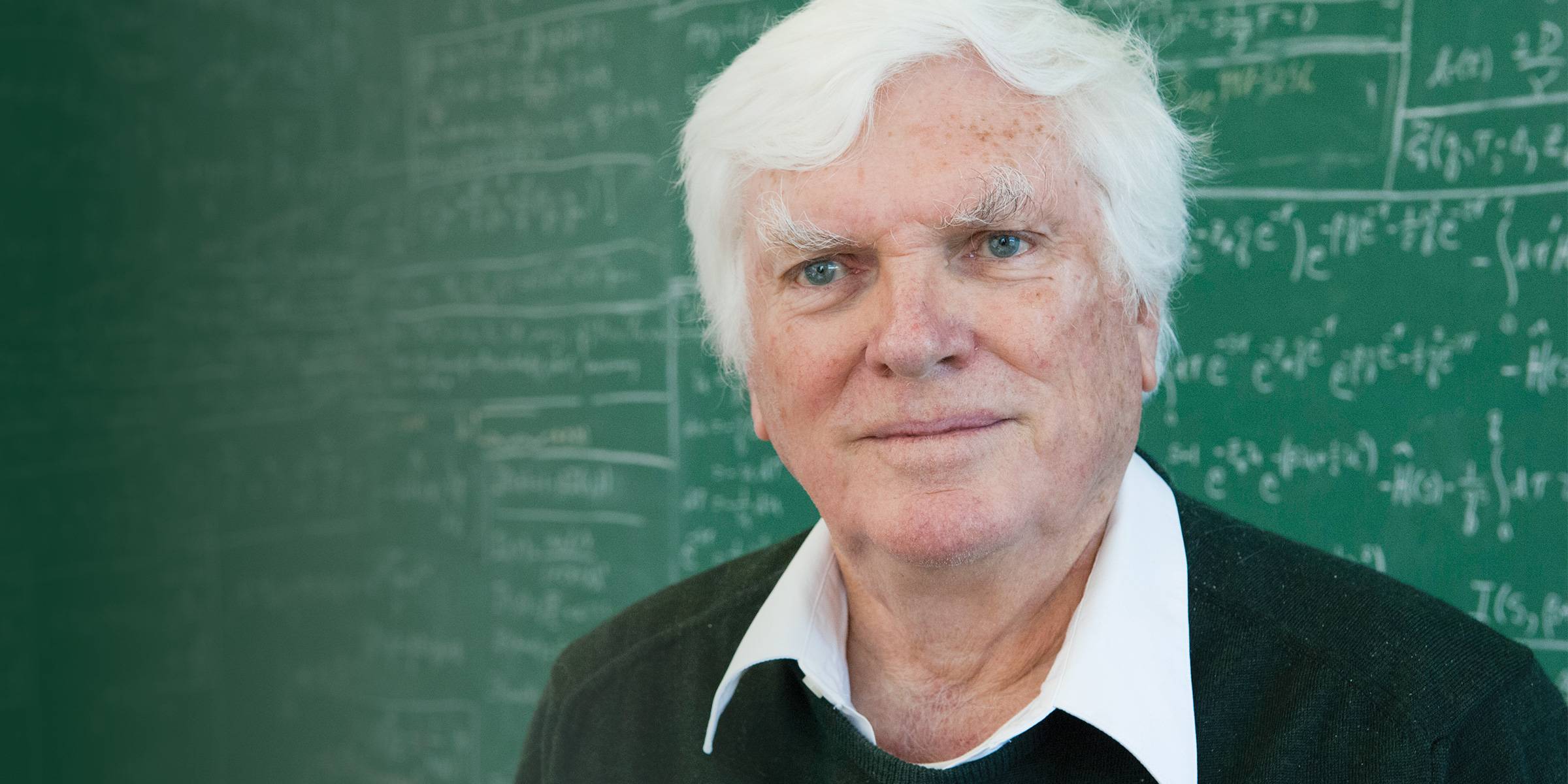Everything we see is the result of light-induced patterns of electrical activity in the nerve networks of the retina and brain. These patterns are then processed into an intelligible form by complex transformations within these networks. Knight works to develop a description of these networks in mathematical equations that will allow scientists to predict how the system will respond to specific visual patterns.
Knight and his colleagues study the visual part of the central nervous system, applying technology and theoretical means refined in their own laboratory. The visual sense provides unique opportunities for highly structured input, making it a suitable system for understanding how the nervous system processes input information.
Knight is specifically interested in the broad multicellular interactions among biophysical processes, which individually lie at the subcellular level. His laboratory’s efforts involve the conjoined development of experimental procedures that induce and record detailed neural responses, and also of theoretical tools, including dynamical equations and computer simulation, which may then describe those neural responses quantitatively.
Vision occurs when a moving pattern of light arrives from the external world and induces dynamical patterns of electrical activity in a sequence of neural processing networks—starting with the retina, which is specialized brain tissue, and continuing into the brain. At each step, profound signal transformations occur that ultimately reduce the input to a form useful for action. Knight and his colleagues study that process with computer-generated stimuli, including modified natural-scene movies, designed with theoretical considerations that facilitate the interpretation of response features in terms of the responding system’s predictive dynamical laws. The laboratory has successfully applied this approach to well-characterized visual circuitry in response to a repeated natural stimulus (for example, a movie following the path of a cat prowling through shrubbery).
In collaboration with the J.D. Victor Lab at Weill Cornell Medicine, the Knight lab uses a technique called electroencephalography (EEG) to study brain activity patterns in healthy volunteers, which are yielding very encouraging computational results. The team expects that an application of their methods to a population of immobile stroke victims will reveal a subset of patients who, though paralyzed and immobile, still remain alert to their human environment.
